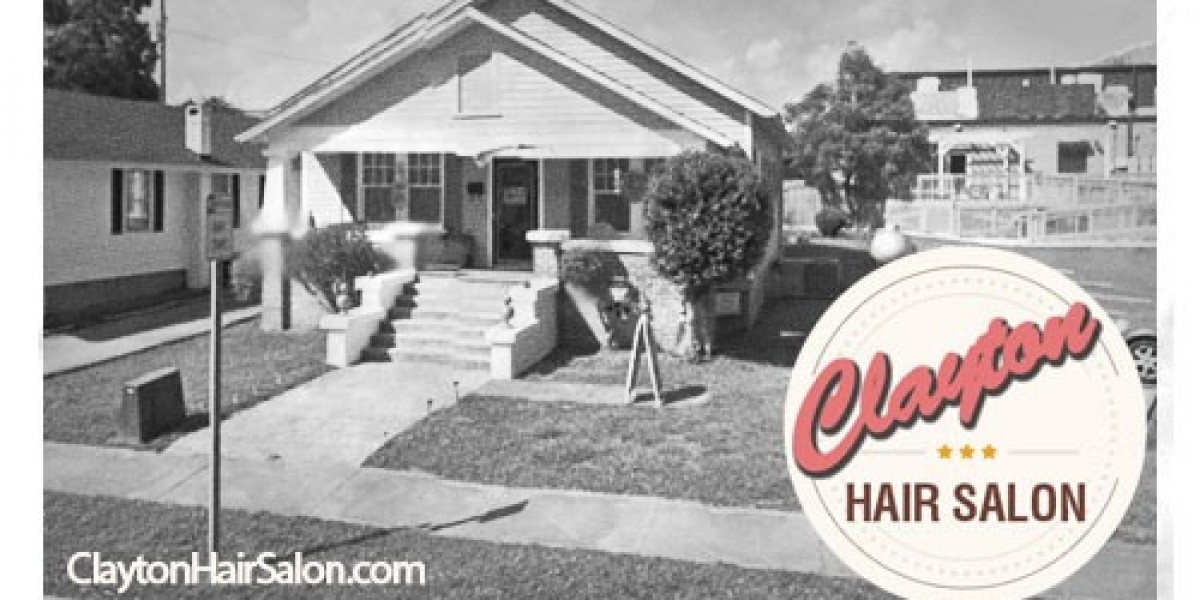Across modern fabrication lines where lightweighting and electrification are influencing design choices, Aluminum Welding Wire ER5356 is frequently chosen for joining a range of non heat treatable aluminum alloys. As supply chains and manufacturing priorities shift toward energy efficient transport and resilient infrastructure, welders and engineers want filler metals that combine predictable weldability with reliable mechanical behavior in service.
ER5356 has a reputation for steady arc character and useful strength in welded joints which makes it a common selection for alloys that cannot be strengthened by heat treatment. In practice this means the wire works well on components that need good corrosion resistance and reasonable load capacity without additional thermal processing after joining. That combination is valuable where assemblies are large thin walled or exposed to corrosive atmospheres and where post weld treatments are limited.
One practical advantage is how ER5356 behaves in the weld pool. Its flow helps form coherent beads that often require less dressing than some alternatives when joining thin sections. The wire also tends to produce weld metal with useful toughness which reduces the likelihood of cracking during service when parts see vibration or repeated loads. Fabricators working in maritime and transport sectors have increasingly favored this filler for repair and production tasks where field maintenance is a concern.
Handling and feedability are shop floor realities that affect whether a wire performs as expected. ER5356 benefits from consistent spool winding and clean packaging because surface contamination and uneven spooling show up quickly in automated feeders and in long manual runs. Teams that adopt simple arrival checks and that stage reels for temperature equalization reduce interruptions and maintain productivity. Suppliers who provide guidance on spool handling and feeding paths make it easier to qualify the wire across multiple cells.
Welding technique still dictates outcomes. Controlled heat input and steady travel speed help preserve base metal geometry and limit excessive dilution. For many non heat treatable alloys the goal is to join without introducing brittle microstructures or creating excessive shrinkage. Short trial runs on representative assemblies let teams dial in amperage travel and arc length under conditions that mirror production so they can predict finishing work and mechanical behavior.
Environmental exposure shapes filler choice too. Where salt air and splash or spray are present, weld metal chemistry plays a role in long term performance. ER5356 offers a balance that supports resistance to corrosion when paired with appropriate protective treatments. Coordinating filler selection with coating and sealing practices helps maintenance teams reduce touch ups and keeps service intervals predictable in infrastructure and marine applications.
Repairability is a major consideration for mobile assets and for distributed infrastructure. A filler that welds reliably in field conditions and that allows straightforward rebuilds is an operational benefit. Teams benefit when a supplier offers sample reels and simple best practice notes for repairs so crews in remote locations can restore geometry and strength without returning parts to a central shop.
Market shifts toward sustainability and resilient supply mean procurement now evaluates filler performance as part of overall lifecycle cost. Reducing rework and lengthening intervals between interventions lower embodied energy and reduce material throughput. Choosing a filler that minimizes finishing and that supports durable joints aligns with these broader goals.
Testing under real conditions remains the surest route to a confident choice. Run seams on representative panels evaluate bead profile test for signs of cracking and inspect how the weld performs after any planned surface treatment. Keep a short log of the parameters that produced acceptable results and keep a small set of validated settings to share across shifts and cells.
When teams combine process discipline with supplier support they get practical results that matter at scale. If your projects require a filler that balances weldability toughness and resistance to service exposure review handling notes packaging options and sample availability on supplier product pages at www.kunliwelding.com .



